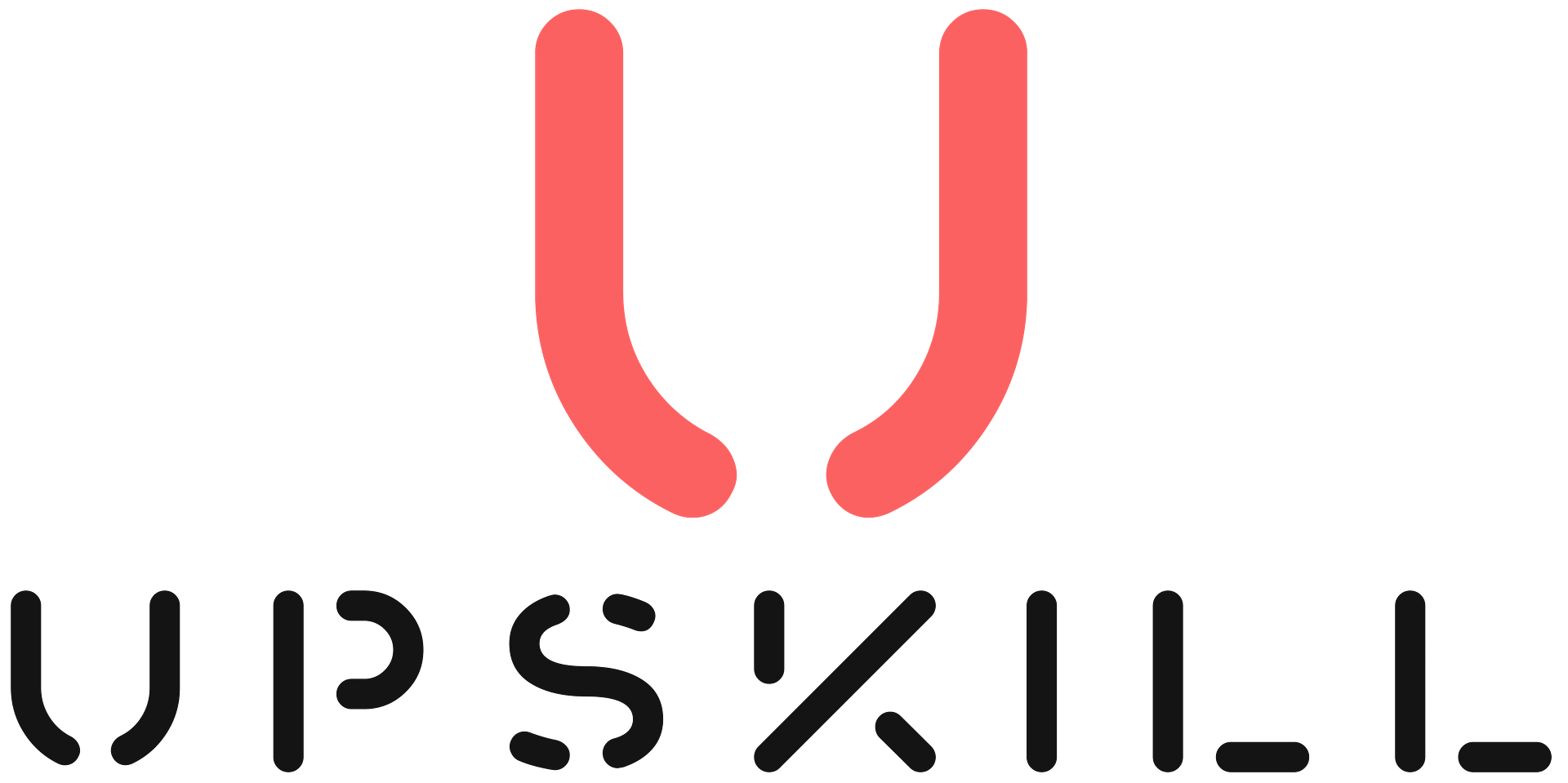Ethereum is a decentralized, open-source blockchain platform that enables the creation of smart contracts and decentralized applications, or dApps. Invented in 2013 by Vitalik Buterin, Ethereum has since become one of the most widely used blockchain platforms in the world.
Table of Contents
Key Features
- The Ethereum Virtual Machine (EVM): The EVM is a decentralized virtual machine that executes smart contracts. It is the runtime environment for all smart contracts on Ethereum.
- Smart Contracts: Smart contracts are self-executing contracts with the terms of the agreement between buyer and seller being directly written into lines of code. These contracts are stored and replicated on the Ethereum blockchain, making them transparent, auditable, and resistant to censorship or tampering.
- Decentralized Applications (dApps): dApps are applications that run on a decentralized network, such as the Ethereum blockchain. They are designed to be resistant to censorship and operate transparently.
- The Ethereum Blockchain: The Ethereum blockchain is a decentralized, distributed ledger that records all transactions on the network. It is secured using a consensus algorithm called Proof-of-Work (PoW), which requires miners to solve complex mathematical problems in order to validate transactions and add them to the blockchain.
Examples and Use Cases
Decentralized Apps (dApps)
Decentralized apps (dApps) are applications that run on a decentralized network, such as Ethereum. dApps can be built on top of Ethereum’s smart contract functionality and are open-source, meaning that anyone can access and review the code. Some examples of dApps built on Ethereum include:
- Opensea: a marketplace for buying and selling unique digital assets, such as collectible items and in-game items
- Uniswap: a decentralized exchange for trading Ethereum-based tokens
Decentralized Finance (DeFi)
Decentralized finance (DeFi) refers to financial applications built on top of Ethereum that offer financial services, such as lending and borrowing, without the need for traditional intermediaries. DeFi has the potential to bring financial services to underbanked populations and increase financial inclusion. Some examples of DeFi applications on Ethereum include:
- 1inch Network: a decentralized exchange aggregator that allows users to find the best prices for Ethereum-based tokens
- Sushi: a decentralized exchange for trading Ethereum-based tokens and earning rewards for providing liquidity
- Aave: a decentralized lending and borrowing platform that allows users to earn interest on their deposits and borrow funds
Decentralized Autonomous Organizations (DAOs)
Decentralized autonomous organizations (DAOs) are organizations that are run by smart contracts on Ethereum. They are decentralized, meaning that they are not controlled by any single individual or entity, and they operate based on pre-defined rules encoded in their smart contracts. Some examples of DAOs built on Ethereum include:
- Maker: a decentralized platform for creating and managing stablecoins, which are digital assets pegged to the value of a real-world asset such as the US dollar
- Aragon: a decentralized platform for creating and managing decentralized organizations, including the ability to vote on proposals and allocate funds
Decentralized Identity Management
Decentralized identity management refers to the use of Ethereum and related technologies, such as ENS (Ethereum Name Service), to manage and verify identity information in a decentralized manner. This allows individuals and organizations to have more control over their own identity information and reduces the reliance on centralized entities to manage identity. Some examples of decentralized identity management solutions built on Ethereum include:
- ENS: a decentralized system for mapping human-readable names to Ethereum addresses, allowing users to easily send transactions to each other using easy-to-remember names instead of long and complex Ethereum addresses
- MetaMask: a browser extension that allows users to interact with the Ethereum blockchain and manage their own identity information
Decentralized Content Distribution
Decentralized content distribution refers to the use of Ethereum and related technologies, such as IPFS (InterPlanetary File System) and Filecoin, to distribute content in a decentralized manner. This allows for greater control over content distribution and can help to reduce the reliance on centralized entities, such as content hosting platforms. Some examples of decentralized content distribution solutions built on Ethereum include:
- IPFS: a decentralized file system that allows users to store and share content in a distributed manner, rather than relying on a centralized server
- Filecoin: a decentralized storage network that allows users to rent out their spare storage space in exchange for the cryptocurrency Filecoin
The Metaverse
The Metaverse refers to a collective virtual shared space, created by the convergence of virtually enhanced physical reality and physically persistent virtual space, including the sum of all virtual worlds, augmented reality, and the internet. Essentially, it is a virtual reality that is accessible to everyone, and it is expected to become a new platform for various human activities in the future.
- Decentraland: Decentraland is a decentralized virtual reality platform that allows users to create, experience, and monetize content and applications. It is built on top of the Ethereum blockchain, and it uses non-fungible tokens (NFTs) to represent ownership of virtual land and other assets.
- Sandbox: Sandbox is a decentralized virtual world that enables players to create and monetize their own gaming experiences. It is also built on top of the Ethereum blockchain and uses NFTs for in-game assets.
Conclusion
Ethereum is a powerful and versatile platform for building decentralized solutions. Its key features, including the Ethereum Virtual Machine (EVM) and the ability to create smart contracts, enable the creation of a wide range of decentralized applications, including decentralized finance (DeFi) platforms, decentralized autonomous organizations (DAOs), decentralized identity management systems, and decentralized content distribution networks. The potential for Ethereum to facilitate the creation of shared virtual spaces, or Metaverses, adds another layer of excitement and possibility to the platform.



